
OR
Rising food prices push up inflation to 6.87 percent
Published On: March 19, 2020 08:01 AM NPT By: Republica | @RepublicaNepal

KATHMANDU, March 19: The inflation has climbed up to 6.87 percent in the seventh month of the current fiscal year 2019/20 as prices of food and beverages rose significantly during the review period.
According to the ‘Current Macroeconomic and Financial Situation of Nepal (Based on Seven Months’ Data of 2019/20’ released by the Nepal Rastra Bank (NRB) on Wednesday, inflation is picking up at a faster pace due to the rise in the prices of goods and services.
While the government has vowed to keep the annual average inflation at 6 percent in the current fiscal year 2019/20, the consumer price inflation has remained higher than the government’s target from the beginning of the current fiscal year.
Since the periodic report of the central bank is based on the data until mid-February, it does not reflect the surge in the prices in recent weeks amid disruption in the supply of some essential goods and commodities caused by the coronavirus pandemic.
Experts say that the recent coronavirus outbreak could further put inflationary pressure in the market.
Food and beverages inflation stood at 9.79 percent whereas non-food and services inflation stood at 4.65 percent in the review month.
Toward non-food and services group, the inflation stood at 4.65 percent, according to the NRB.
Within the food and beverages group, the price of vegetables, spices, pulses and legumes, meat and fish sub-groups rose significantly. Within the non-food and services group, the price of education, health and clothes and footwear subgroups rose moderately.
In the review period, the Kathmandu Valley witnessed 7.58 percent inflation followed by 7.29 percent in the tarai, 5.46 percent in the hills and 5.28 percent in the mountain.
Meanwhile, remittance inflow has fallen by 0.5 percent to Rs 513.21 billion in the first six months of the current fiscal year. In the corresponding period of the last fiscal year, the remittance growth was 28.5 percent. There are concerns that the remittances are likely to take a plunge in the current fiscal year as the countries receiving Nepali workers are reeling under the coronavirus pandemic.
The total trade deficit narrowed by 5.3 percent to Rs.738.63 billion in the seven months of 2019/20 compared to an expansion by 27.1 percent in the same period of the previous year.
The foreign direct investment (FDI) inflow also jumped to Rs 14.38 billion in mid-February 2020 from Rs 5.15 billion in mid-February 2019.
The balance of payments (BOP) remained at a surplus of Rs 21.61 billion in the review period against a deficit of Rs 49.32 billion in the same period of the previous year.
You May Like This
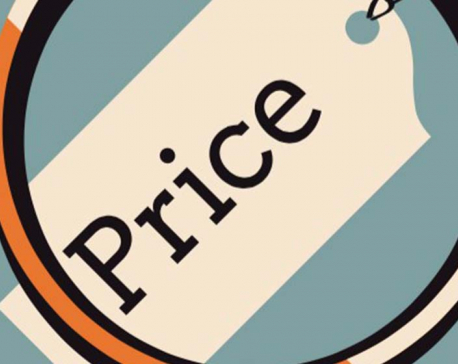
Revenue collection must rise to protect economy from slowdown and inflation
KATHMANDU, Jan 19: Economists have cautioned that Nepal could face higher pressure on price inflation in the near future due... Read More...

Control Price Rise
These are perhaps the times when we feel the tightest squeeze on our wallets in years, with the price of... Read More...
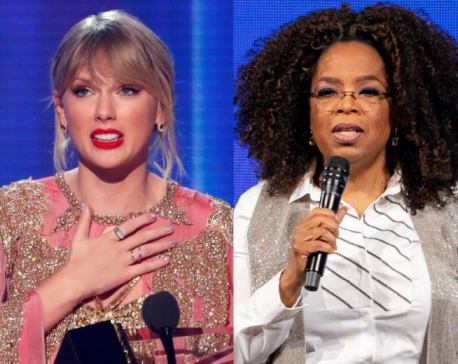
Taylor Swift, Oprah join huge global event to celebrate coronavirus workers
Taylor Swift, Jennifer Lopez and Oprah Winfrey have joined a global broadcast special telecast this weekend that will recognize the... Read More...

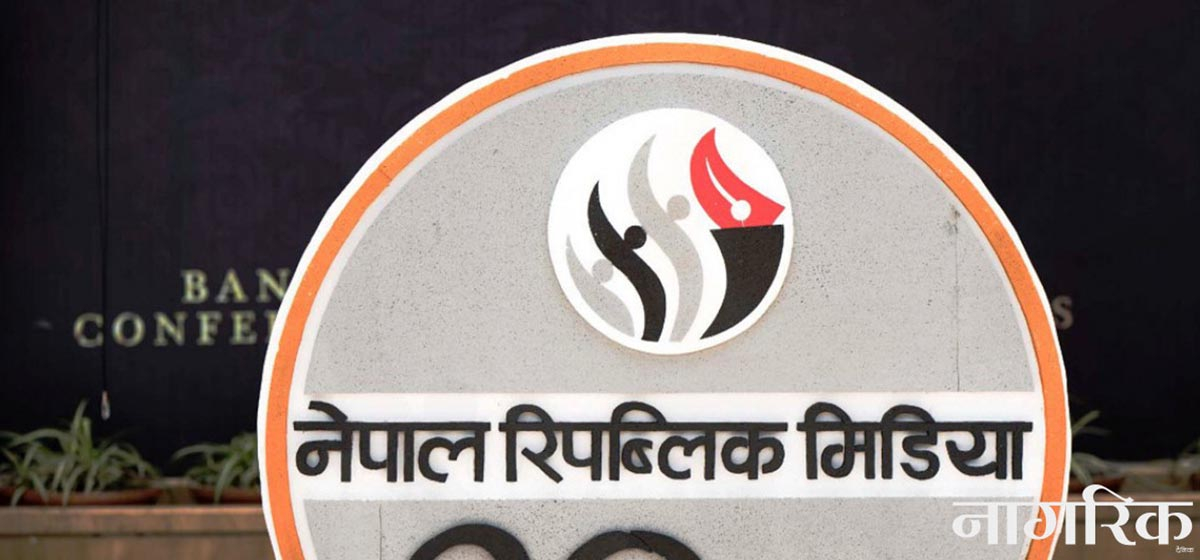
Just In
- President Paudel requests Emir of Qatar to initiate release of Bipin Joshi
- Emir of Qatar and President Paudel hold discussions at Sheetal Niwas
- Devi Khadka: The champion of sexual violence victims
- Nagarik Nayak Felicitation (Live)
- Qatar Emir in Kathmandu, President and Prime Minister welcome Emir at TIA (In Photos)
- NRM Director Gyawali inaugurates Nagarik Nayak 2081
- Govt amends nine laws through ordinance to attract investors
- NRM to announce two citizen heroes today






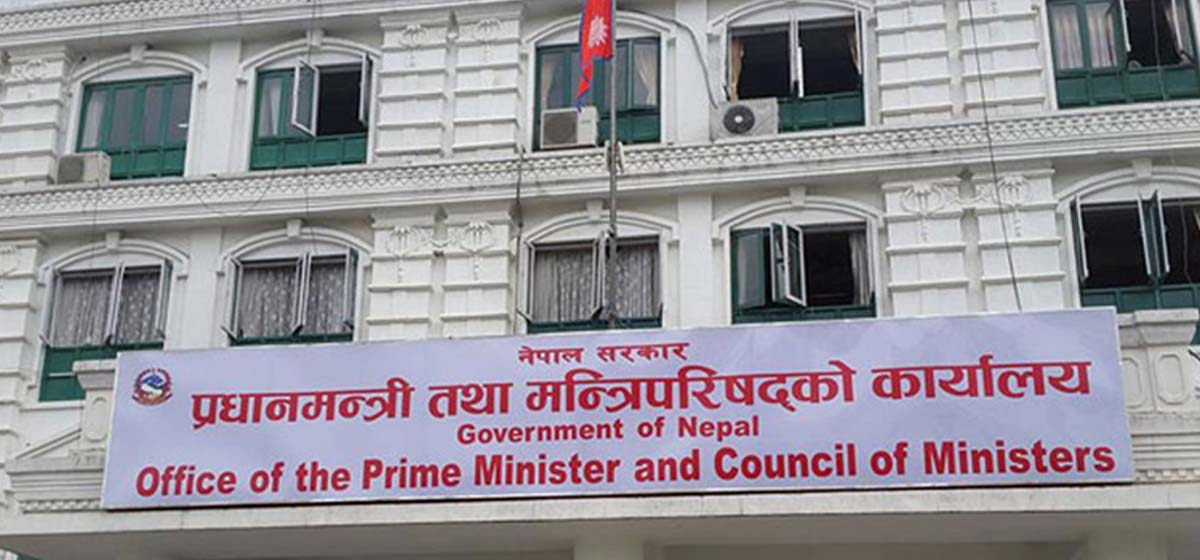

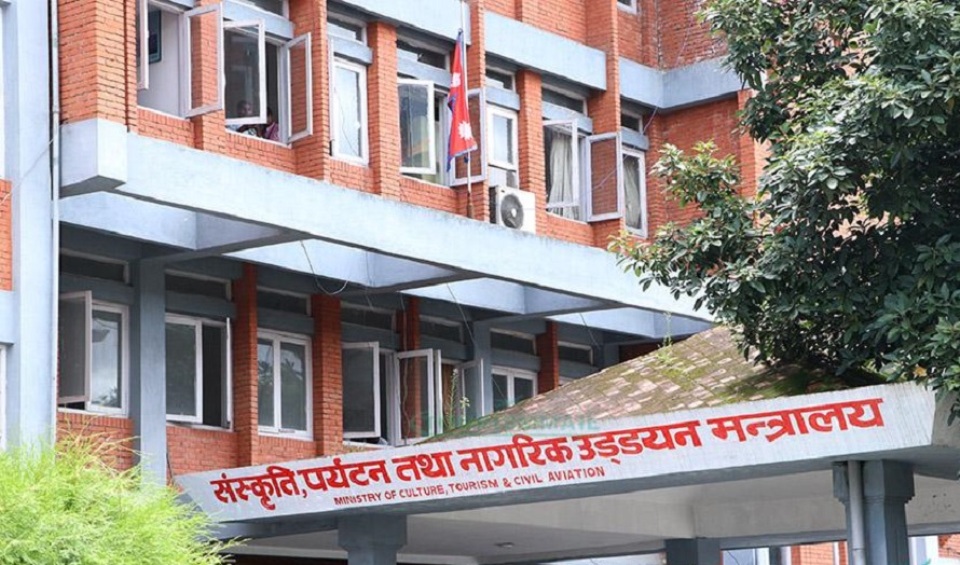


_20240423174443.jpg)
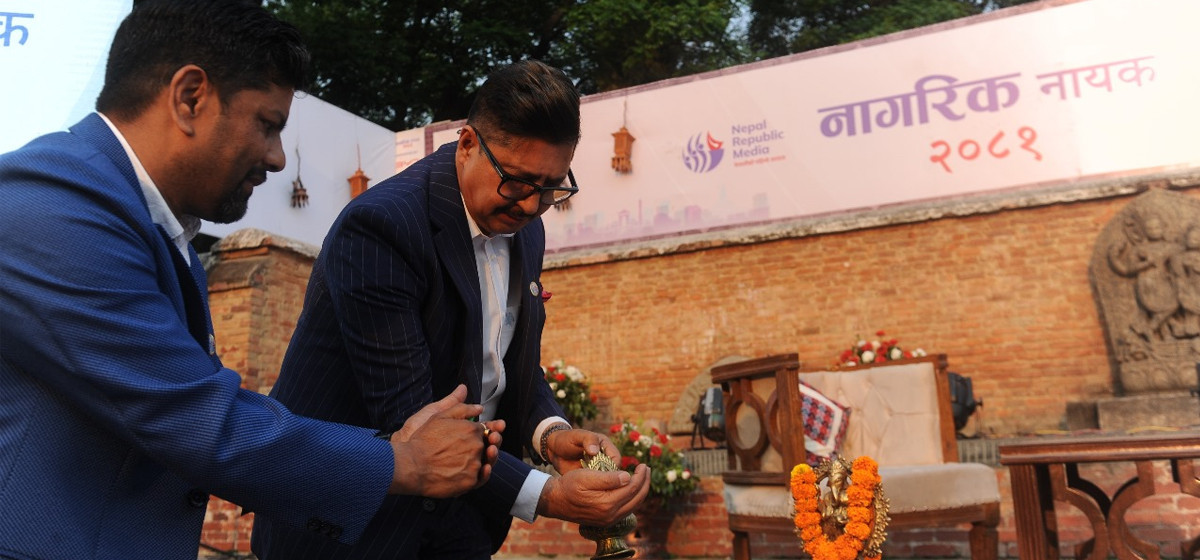

Leave A Comment